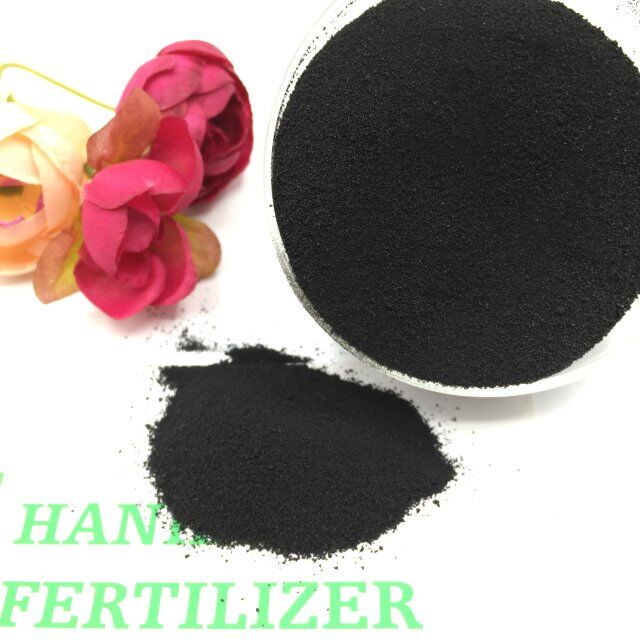
Oct . 31, 2024 02:47 Back to list
15-15-15 npk fertilizer manufacturer
Understanding 15-15-15 NPK Fertilizer A Comprehensive Overview
Fertilizers play a crucial role in modern agriculture, providing essential nutrients that plants require for healthy growth. One of the most commonly used fertilizers is the NPK (Nitrogen-Phosphorus-Potassium) fertilizer, notably the 15-15-15 formulation. This article delves into the specifics of 15-15-15 NPK fertilizer and its significance in agriculture, including its composition, benefits, and manufacturing process.
Composition of 15-15-15 NPK Fertilizer
The 15-15-15 designation indicates that this fertilizer contains equal proportions of the three major nutrients nitrogen (N), phosphorus (P), and potassium (K), each at 15% concentration. Nitrogen is vital for vegetative growth, promoting lush, green foliage and overall plant health. Phosphorus is essential for energy transfer and photosynthesis, contributing to strong root development and flowering. Potassium aids in water regulation, enzyme activation, and overall plant resilience.
Benefits of 15-15-15 NPK Fertilizer
1. Balanced Nutrient Availability The balanced concentration of nutrients helps in meeting the diverse needs of plants at various growth stages, making it suitable for a wide range of crops.
2. Improved Yield and Quality Regular application of 15-15-15 fertilizer can enhance crop yields and improve the quality of harvested produce. The balanced nutrient supply encourages healthy growth patterns and stronger, more resilient plants.
3. Versatility This fertilizer is commonly used for various crops, including vegetables, fruits, grains, and ornamental plants. It can be employed in different settings, such as gardens, nurseries, and large agricultural fields.
4. Soil Health By providing essential nutrients, 15-15-15 fertilizer not only supports plant health but also contributes to the overall fertility of the soil. Healthy soil promotes beneficial microbial activity, further improving nutrient availability.
15-15-15 npk fertilizer manufacturer

Manufacturing Process
The production of 15-15-15 NPK fertilizer involves a careful blending of its raw materials—urea, diammonium phosphate (DAP), and potassium chloride (potash). This process typically includes
1. Sourcing Raw Materials Quality control starts at sourcing essential nutrients. Manufacturers must ensure that the raw materials meet specific standards required for agricultural use.
2. Granulation and Blending The raw materials are then processed to create granules of uniform size. This granulation helps in uniform distribution when applied to soil. The materials are blended in the proper ratios to achieve the desired NPK ratio.
3. Quality Assurance Manufacturers conduct rigorous testing during and after the blending process to ensure that the fertilizer meets specified nutrient content and is free from harmful contaminants.
4. Packaging and Distribution Finally, the finished product is packaged for distribution to retailers and farmers, making it easily accessible for agricultural use.
Conclusion
15-15-15 NPK fertilizer is an essential agricultural input recognized for its balanced nutrient delivery system. Its equal proportions of nitrogen, phosphorus, and potassium cater to the comprehensive nutritional needs of plants, making it a preferred choice among farmers and gardeners alike. Understanding its composition, benefits, and production process can help users make informed decisions about their fertilization practices, thereby enhancing crop success and soil health. When utilized appropriately, 15-15-15 fertilizer can significantly contribute to sustainable agricultural practices and increased food production.
-
Premium 10 10 10 Fertilizer Organic for Balanced Plant Growth
NewsJul.29,2025
-
Premium 10 10 10 Fertilizer Organic for Balanced Plant Growth
NewsJul.29,2025
-
50 Pound Bags of 13-13-13 Fertilizer for All Plants – Bulk & Organic Options
NewsJul.28,2025
-
High-Efficiency 15-30-15 Granular Fertilizer for Healthy Crops
NewsJul.28,2025
-
15-30-15 Granular Fertilizer for Optimal Crop & Lawn Growth
NewsJul.27,2025
-
Premium 10 10 10 Water Soluble Fertilizer for Fast Plant Growth
NewsJul.26,2025
